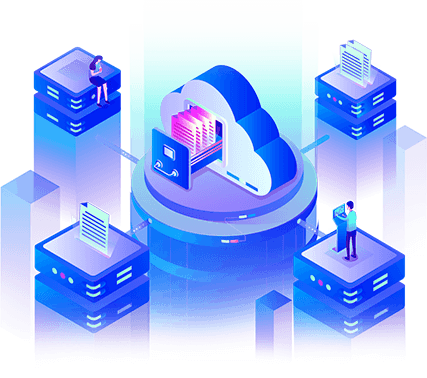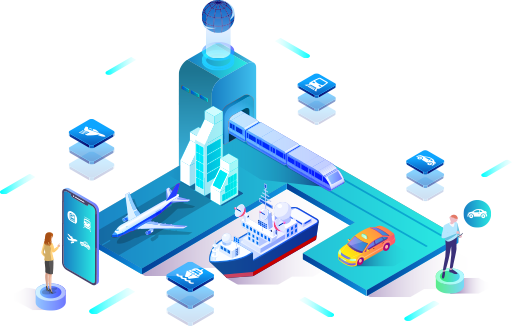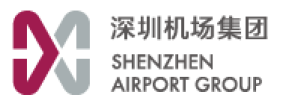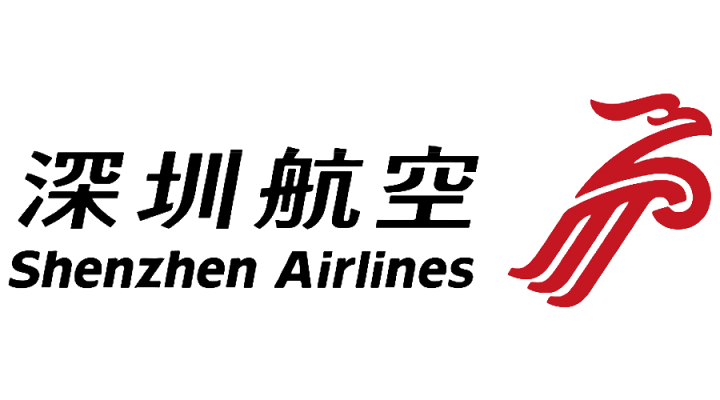Bamboocloud Solutions
-

Background
As the transportation industry evolves and digital transformation accelerates, organizations deploy more applications and platforms, driving increasingly frequent interactions between systems and foundational platforms. This creates an urgent need for an integrated platform that enables efficient interconnection between internal and external systems through messaging, services, data, and other integration methods.
-

Value
With remote work and cloud adoption breaking down physical boundaries, employees, vendors, contractors, partners, and customers—across diverse locations and devices—require secure access to both on-premises and cloud applications. Organizations must adopt identity-driven security strategies. Identity is the new security perimeter and identity security management has become the foundation of successful digital transformation. -

Solution
The Bamboocloud IAM platform delivers unified user identity (OneID), provides OneID login for dozens of applications to break down information silos, implements single sign-on (SSO) to simplify the login process, and automatically assigns IDs based on positions and roles while providing intelligent permission management. -

Customer Cases
Leading organizations such as China Railway Group, Shenzhen Metro, Shenzhen Airport, Shenzhen Bus, and Wuxi Metro have partnered with Bamboocloud to achieve broad connectivity and system decoupling. This accelerates application development, simplifies integration, and enables rapid deployment and expansion of new business capabilities.
Key Challenges in the Transportation Industry
-

Fragmented Account Ecosystem
01/1. External users: how to manage accounts for suppliers, contractors, and other external partners, while improving their user experience.
2. Internet users: how to centralize access for mobile channels (websites, apps, WeChat), and enforce consistent account naming and password policies.
-
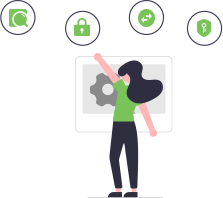
Isolated Self-Service Portals
02/1. Each business system offers separate self-service functions. There is a need for a unified self-service platform, including profile management, password reset, account recovery, role and permission requests, and more.
2. Centralized self-service streamlines user experience and reduces IT support workloads.
-
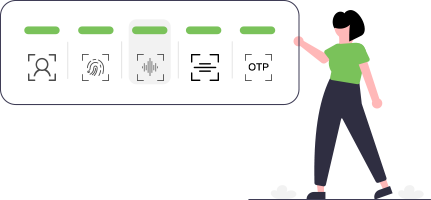
Lack of Strong Authentication
03/1. Most business systems rely solely on static passwords, leaving access control vulnerable.
2. Multi-factor authentication—including facial recognition, fingerprint, voice, QR code, and OTP—needs to be implemented.
-

Manual Account Management
04/1. Account creation, updates, and deactivation are inefficient with processes often relying on manual intervention.
2. Internal and external user account workflows must be customized for different scenarios.
3. Approval workflows for external organizations and permission management checkpoints are needed.
-

Decentralized Identity Management
05/1. Multiple organizational structures and user types exist without a unified, closed-loop management process.
2. Identity information is scattered, lacking a centralized user directory and standardized user management policies.
-

Lack of Centralized Application Management
06/1. Numerous applications across production, finance, R&D, and sales exist in silos, leading to information fragmentation.
2. Authentication mechanisms are limited, typically to passwords or QR codes, without multi-factor authentication.
3. There is no standardized approach for unified application management.
-

Identity Security Needs Strengthening
07/1. User permissions lack centralized, end-to-end lifecycle governance.
2. User permissions cannot be effectively audited for compliance.
3. Data security faces growing challenges, especially as IoT and connected technologies proliferate.
-

Poor User Experience
08/1. Administrators spend excessive time managing users, organizations, and applications.
2. End users need to log in through multiple entry points.
3. No streamlined user management process exists across the entire business ecosystem, from R&D to logistics, manufacturing, and aftersales service.
-

Lack of Secure Access Controls
09/No comprehensive, cross-system access governance exists for the full lifecycle of permissions, leading to major security incidents—such as millions of airline customer records being viewed without authorization. -

Heavy, Inefficient Operations Workload
10/Both internal teams and external partners require significant manual effort to create accounts, assign roles, and revoke permissions.
How IAM Solves These Challenges

Bamboocloud unifies your identity landscape—providing seamless identity management for organizational structures and all users, robust authentication, standardized access models, and complete auditability of user activity.
Our integrated IAM solution covers identity and authentication management, self-service functions, access governance, and security auditing. It empowers internal users, subcontractors, distributors, integrators, and online users with improved service quality and consistent user experience. By standardizing identity and application integration processes, we lay a robust foundation for your ongoing business growth.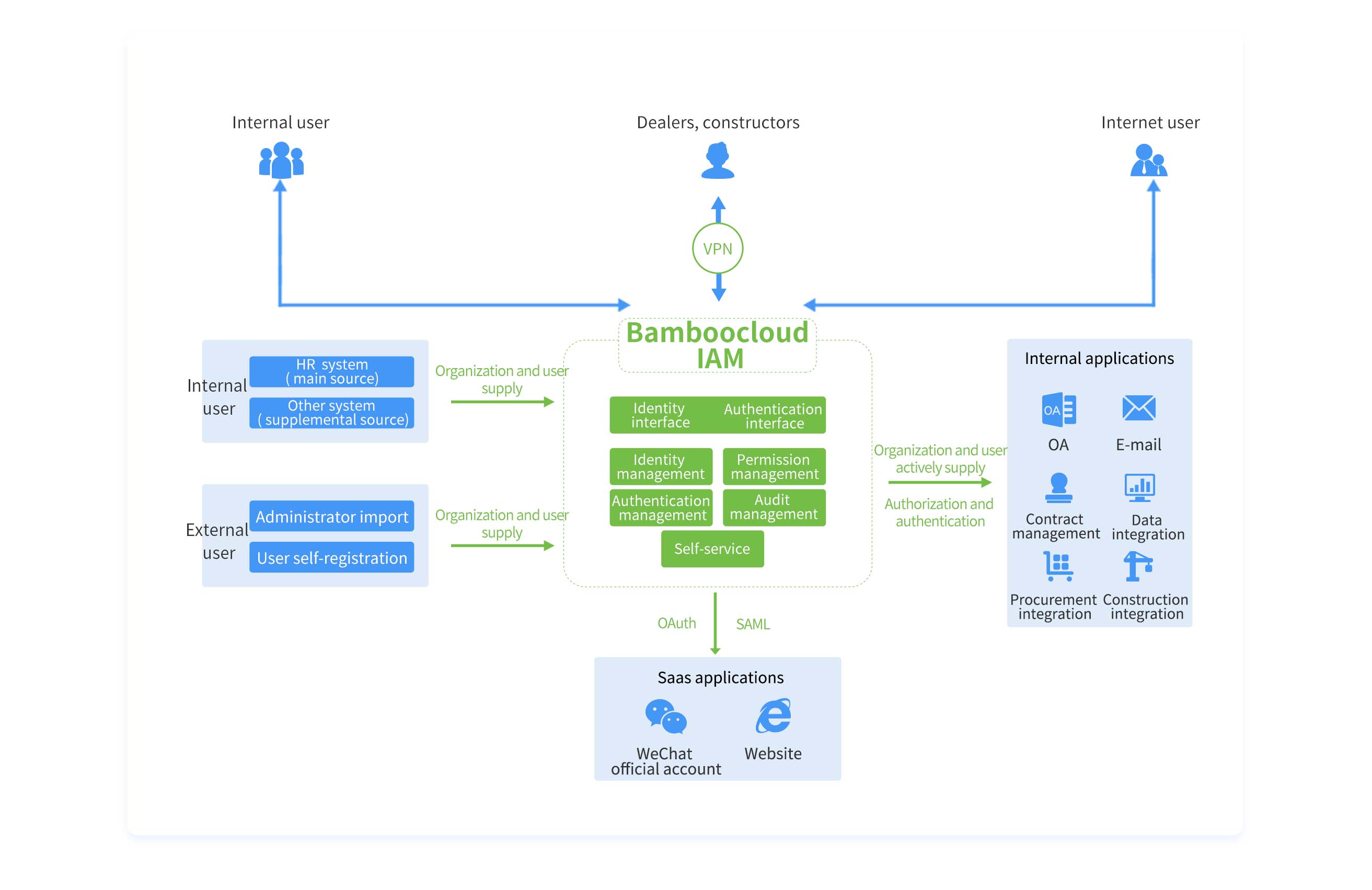
Value
-
Operations Management
The Bamboocloud IAM system streamlines IT integration, optimizes resource allocation, reduces operational costs, and enhances organizational management.
-
Work Efficiency
By integrating IT resources and automating approval processes, Bamboocloud IAM significantly improves productivity and workflow efficiency. -
Risk Management
Bamboocloud IAM enforces standardized IT processes, strengthens application security, and protects sensitive information, minimizing business risks. -
Scalable Growth
Bamboocloud IAM enables standardized user management templates and implementation strategies to rapidly integrate IT systems for new business lines and scale management capabilities.
Integrated Applications
Bamboocloud has integrated with numerous applications in the transportation industry, including LMS, GIS, IOC, and comprehensive transportation management platforms, with dozens of pre-built connectors for rapid application integration.
